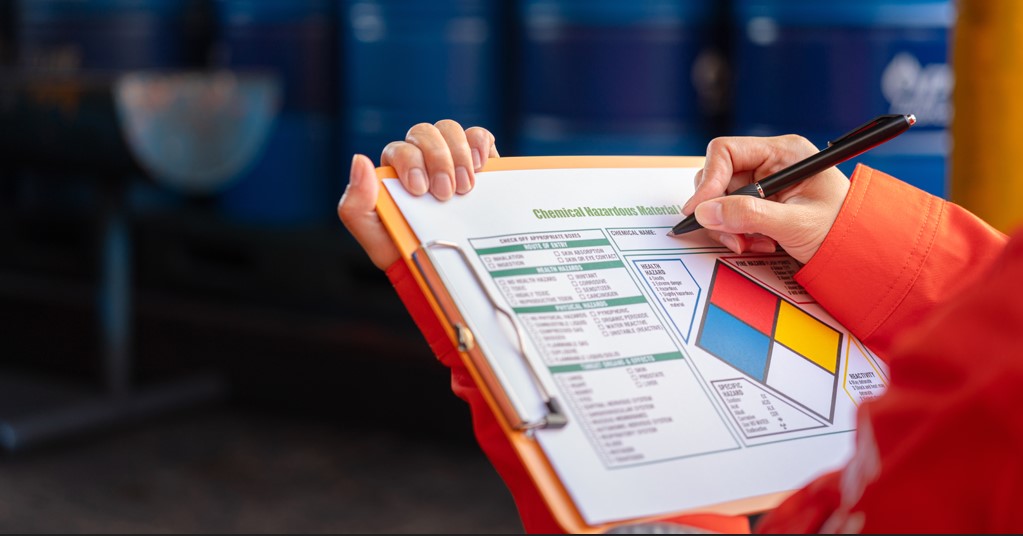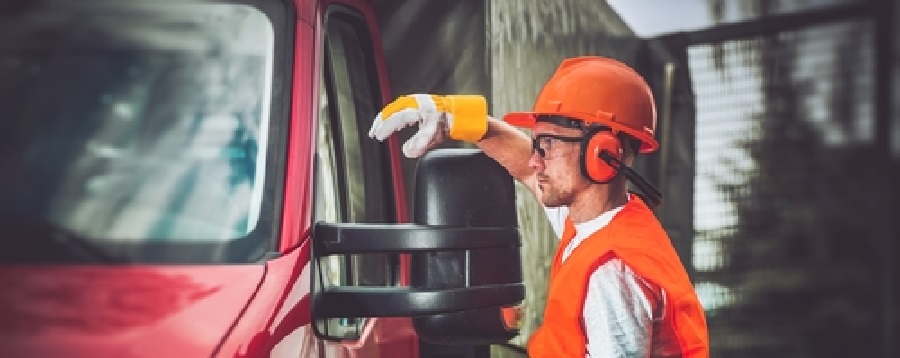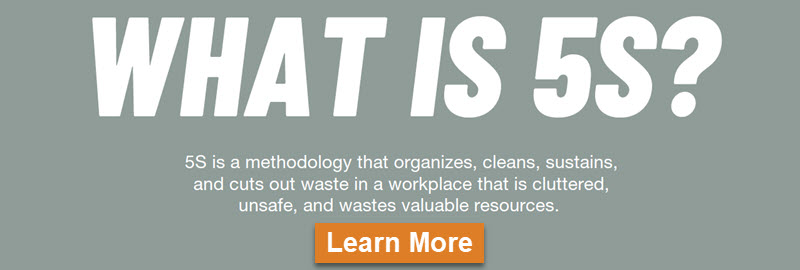
What to Include in Your Annual Safety Inspection Checklist

The Occupational Safety and Health Administration (OSHA) increased its maximum fines for employer safety violations last year for the first time in 25 years. The cap for serious, other-than-serious, and posting requirement as well as “failure-to-abate” violations rose from $7,000 to $12,471 per violation. The cap for willful or repeated violations rose from $70,000 per violation to $124,709 per violation. A fine like this or an injury lawsuit is the last thing your small business needs, making it vital to keep your workplace safety standards maintained. Here’s a review of some key areas you should be sure to include in your annual safety inspection checklist.
Health Emergency Preparation
Make sure your staff and facilities are prepared for health emergencies:
– Employees have instructions for responding to health emergencies
– Instructions and emergency contact numbers are clearly posted
– Eye washes and emergency showers are inspected regularly
– First aid supplies are up-to-date and clearly identified with first aid signs or labels
– Employees have received “right to know” training on hazardous materials and how to find and use Material Safety Data Sheets
Fire Emergency Preparation and Prevention
Make sure that your fire prevention systems are in place and that you are prepared to respond to fire emergencies:
– Flammable materials are properly stored and labeled, safely away from sources of heat and sparks
– Sources of heat and sparks are shielded and kept clear from potential fuel sources such as paper and trash
– Fire extinguishers are accessible, identified and have been checked and maintained
– Fire exits are unlocked from the inside and accessible, with access to two exits from every point in the building and pathways to exits clear of obstructions
– Emergency escape routes are posted
– Smoke and sprinkler systems are installed and maintained, with batteries tested
– All fire exits and equipment are clearly identified with required fire safety signs
Overexertion Prevention
Overexertion injuries from activities such as heavy lifting are the most common cause of workplace injury claims, so make sure you have overexertion prevention measures in place:
– Employees who do heavy lifting and moving are trained in proper technique for injury prevention and in proper use of back support belts
– Remind workers of lifting policies with lifting and back belt safety signs
– Employees not capable of doing heavy lifting and moving are trained to leave these tasks to designated workers
Fall Prevention
Fall prevention is the safety violation category most cited by OSHA, so make sure you’re covered in this area:
– Floors provide good traction, with no loose rugs, bumps or other hazards that could cause falls
– Walkways are free of debris and spills, and are well-lit
– Materials for cleaning up spills are appropriate for potential hazards, spill kits are clearly identified, and employees are trained to clean up promptly
– Stairs are in good condition with no loose steps or handrails, clear pathways and adequate lighting
– Ladders are provided where needed and are well maintained
Vehicle, Equipment, Tools and Storage
Make sure your vehicles, equipment, tools and storage are free of safety hazards, and that employees are properly trained to use them:
– Vehicles are properly maintained and provided with maintenance logs and routine safety checklists
– Machines are in good working condition, with parts such as o-rings properly maintained and safety guards in place
– Personal protective equipment is provided, including hard hats, goggles, ear protectors, aprons, gloves and boots
– Tools are in good condition, including wires and cords
– Materials are stored in stable piles, with ladders provided where needed
Electrical and Lighting Equipment
Problems with electrical and lighting equipment can cause shocks, fires and falls, so be sure to take proper preventive steps:
– Grounds are provided for all electrical tools and cords
– Electrical equipment is in good working condition, including wires
– Wires are not routed over metal objects or through doors or windows
– Circuits are not overloaded
– Lighting is sufficient for tasks
– Emergency lights are installed and protected
Repetitive Motion Injury Prevention
Injuries caused by repetitive micro-tasks can lead to injury claims, so take preventive measures:
– Employees are trained in ergonomic performance of tasks, including when to take breaks and stretch
– Ergonomic equipment is provided
– When possible, employees who perform repetitive tasks are rotated through other tasks periodically during the day
Security
Burglaries, robberies and assaults are other hazards you should address:
– Outdoor lighting and landscape maintenance that deprives criminals of hiding spots
– Parking lots and building space is arranged so visitors and employees can be observed and cannot be trapped in closed spaces
– Outdoor and indoor security barriers and systems are installed and in working condition
– Employees who handle cash are properly trained
– Discreet, secure storage is provided for employee valuables
– Employees are trained in handling workplace violence
– Telephones are accessible from all work stations
– Security guard surveillance and buddy systems are set up
Compliance and Safety Signage
Safety signs and labels can play a major role in all these areas, but only if they are up-to-date, in good condition, and relevant. As your rules, equipment, facilities and processes change, be sure to consider the need for updated safety signs and labels, including:

